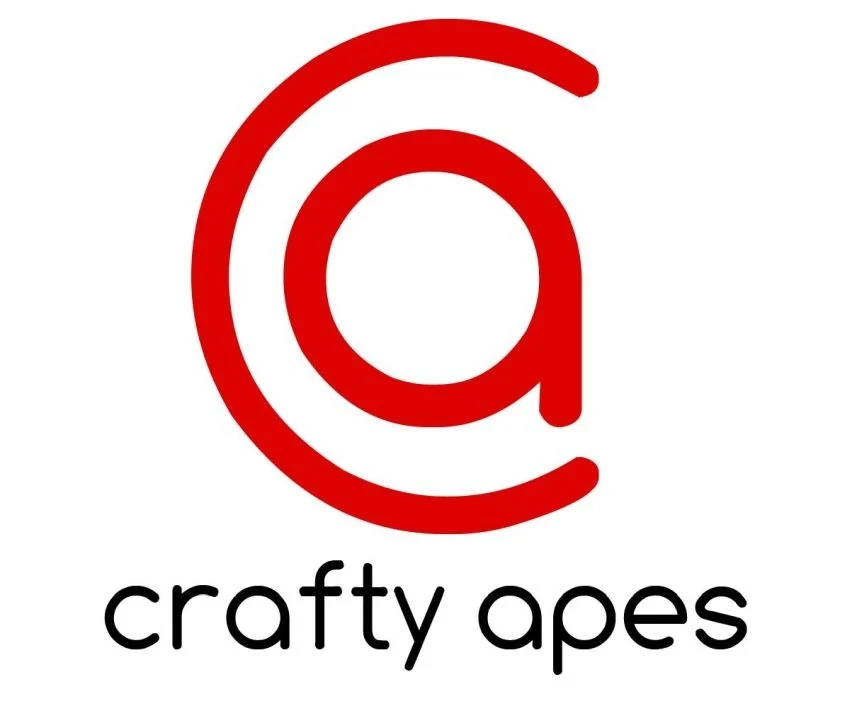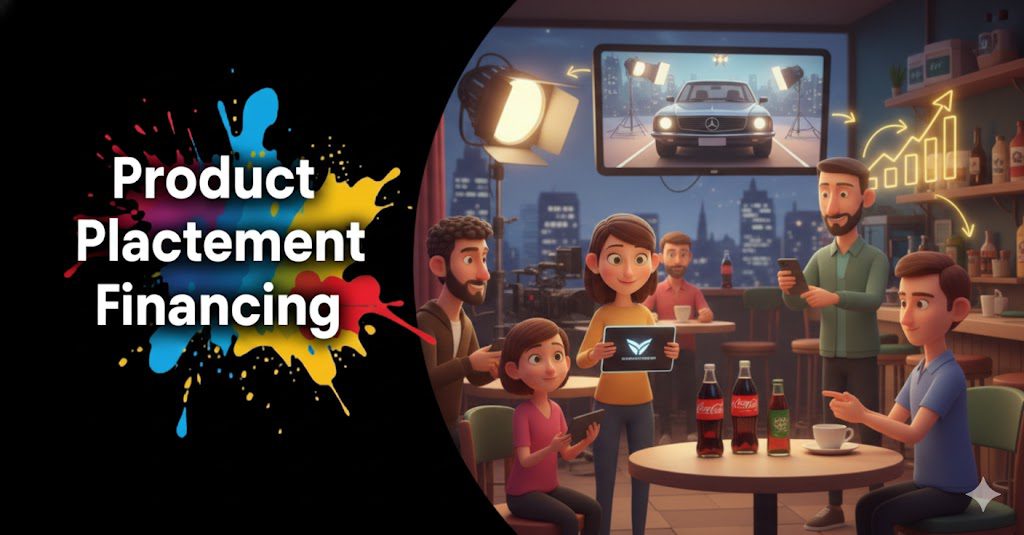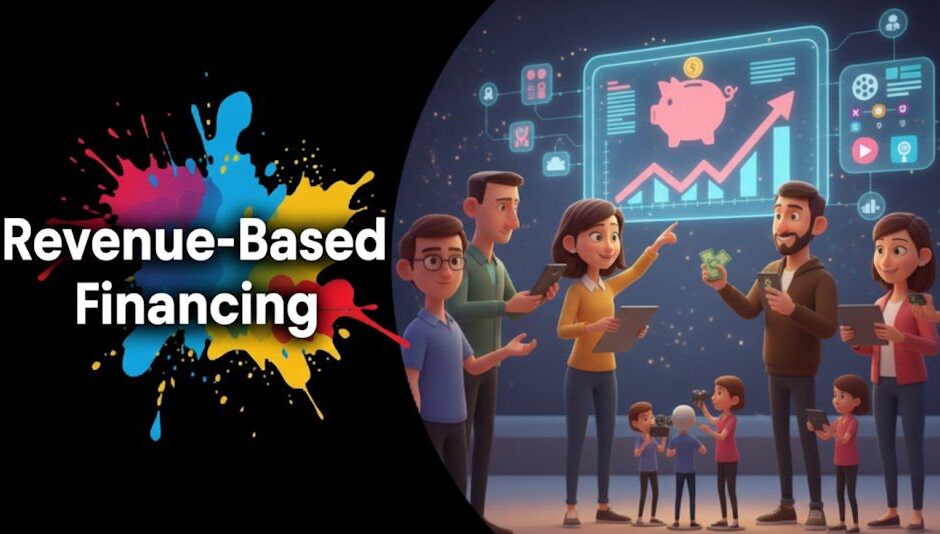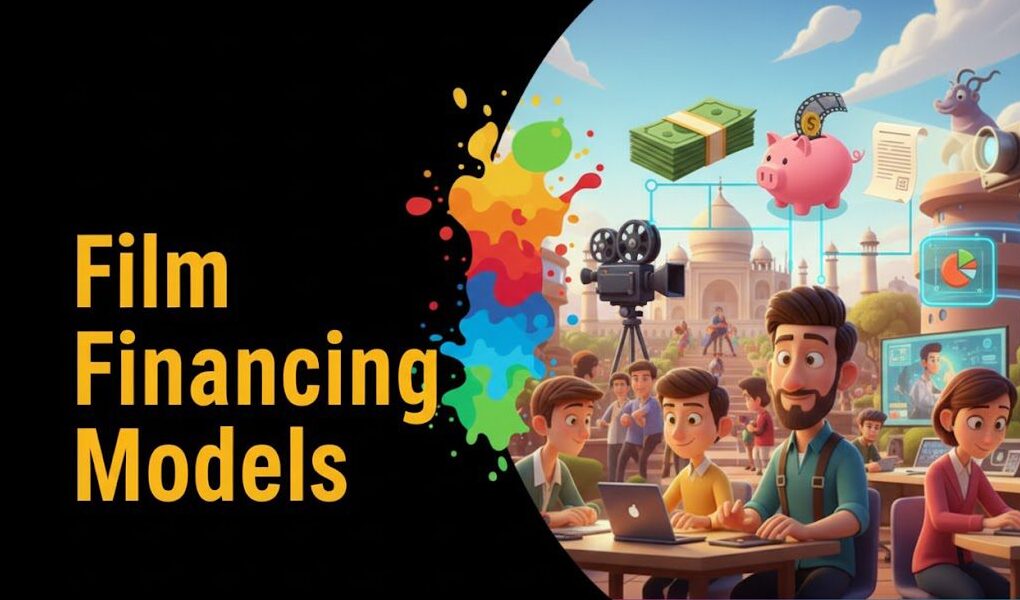Introduction
Expanding your content into a new country is exciting, but the process of finding the right partners to get you there? It’s often a nightmare. Your success hinges on flawless dubbing and subtitling, and that requires a top-tier local team.
This is where effective Localization Partner Scouting becomes your most critical task. Get it right, and you’re a hero. Get it wrong, and you’re looking at budget overruns, delayed launches, and a damaged brand reputation.
You’ve probably spent weeks, maybe even months, digging through search results, asking for referrals, and managing endless spreadsheets. It feels inefficient because it is. But it doesn’t have to be.
In this post, I’m going to walk you through a proven, 4-step framework to find, vet, and select the perfect localization partners, saving you time and dramatically reducing your risk.
Table of content
- Introduction
- Key-Takeaways
- Step 1: Stop Searching. Start Defining. Create Your Partner Scorecard.
- Step 2: Build Your Longlist (The Smart Way)
- Step 3: The Ultimate Vetting Checklist: Separating Contenders from Pretenders
- Step 4: Run a Flawless RFP and Make Your Final Selection
- How Vitrina Transforms Your Partner Scouting
- Conclusion
- FAQs
Key Takeaways
| Strategy | Actionable Insight | Why It Matters |
|---|---|---|
| Define Your Scorecard | Don’t start searching without clear criteria. Define your exact needs for quality, security (TPN), capacity, and language specialization first. | Prevents wasting time on vendors who aren’t a good fit and ensures objective decision-making. |
| Build a Data-Driven Longlist | Move beyond basic Google searches. Use a dedicated marketplace to find pre-vetted vendors with proven track records. | Dramatically speeds up the discovery process and increases the quality of your initial candidate pool. |
| Vet Beyond the Pitch | Go deeper than the sales presentation. Check client reviews, analyze past projects, and verify technical capabilities. | Uncovers the reality of a vendor’s performance, not just their marketing promises. |
| Streamline Your RFP | Use a standardized process to compare vendors on an apples-to-apples basis. Focus on their approach to problem-solving, not just cost. | Ensures you select a true partner who can adapt and grow with you, rather than just a transactional service provider. |
Worried about partner quality and security?

Step 1: Stop Searching. Start Defining. Create Your Partner Scorecard.
You can’t find what you’re looking for if you don’t know what it is. Before you type a single word into a search bar, you need to build a partner scorecard. This is your internal bible of requirements.
Why? Because every project is different. The partner you need for a high-budget drama series is not the same one you need for a quick-turnaround reality show. Get specific.
Key Areas for Your Scorecard:
- Scope & Language: Are you looking for dubbing, subtitling, or both? Which specific languages and dialects? (e.g., European Spanish vs. Latin American Spanish).
- Quality Tier: Be brutally honest about your needs. Do you need premium, broadcast-level quality with renowned voice actors, or is a high-quality, standard digital release sufficient?
- Security Mandates: Is TPN (Trusted Partner Network) certification a non-negotiable? What are your content security requirements? This question alone will filter out thousands of vendors.
- Capacity & Scalability: What’s the expected volume? Are you localizing a single film or 10 seasons of a TV show? You need a partner who can handle your volume without sacrificing quality.
- Technology Stack: Does the vendor use modern, cloud-based platforms for collaboration? Are they leveraging AI to improve efficiency, or are they stuck in the past with FTP servers?
Once you have this scorecard, you have a powerful filter. Now, you’re ready to start looking.
Step 2: Build Your Longlist (The Smart Way)
This is where most people waste the most time. They rely on word-of-mouth or generic “top 10” lists that are often outdated or biased. You need to go where the real professionals are.
From Manual Chaos to Curated Discovery
The old way involves endless searching, cold emailing, and trying to validate credentials from a basic website. It’s slow and unreliable.
The new way is to use a specialized B2B marketplace. Think of it like LinkedIn, but exclusively for the media supply chain. These platforms give you immediate access to a global directory of vendors, and the best part is, they’ve already done a lot of the initial vetting for you.
You can filter your search by the exact criteria from your Step 1 scorecard:
- Service (Dubbing, Subtitling)
- Language
- Location
- Certifications (like TPN)
- Company Size
Instead of building a longlist of 20 questionable vendors over two weeks, you can build a longlist of 5 highly qualified candidates in under an hour. This is the single biggest efficiency gain you can make in your Localization Partner Scouting process.
The Ultimate Vetting Checklist: Separating Contenders from Pretenders
You have your longlist. Now it’s time to dig deep. A slick website and a great sales pitch don’t guarantee on-time, high-quality delivery. You need proof.
Here’s what to investigate for each potential partner:
Your Vetting Checklist
- Proven Experience (Portfolio): Don’t just ask if they’ve done similar work. Ask to see it. Look for projects with a similar genre, scale, and target audience as yours.
- Client Testimonials & Reviews: What are their actual clients saying? A professional marketplace will have verified, peer-to-peer reviews. This is gold. It tells you what it’s *really* like to work with them.
- Creative & Linguistic Quality: How do they ensure cultural nuance? Ask about their process for translator selection, quality control (QC), and review. Do they use native speakers in the target region?
- Technical Workflow: Ask for a demo of their workflow. How do you submit assets? How do you provide feedback? A modern partner should offer a seamless, transparent platform. If they’re still talking about email attachments and spreadsheets, be wary. Check out how modern workflows can be tracked with tools like Vitrina’s Project Tracker.
Ready to launch in new territories, faster?

Step 4: Run a Flawless RFP and Make Your Final Selection
You’ve narrowed it down to your top 2-3 candidates. The final step is the Request for Proposal (RFP). But don’t just make it about price. A race to the bottom on cost is a race to the bottom on quality.
Elements of a Great RFP:
- Provide a Test Scene: Give each vendor the same short (2-3 minute) clip to localize. This is the ultimate apples-to-apples comparison of their final output.
- Ask Situational Questions: Instead of “What is your QC process?”, ask “Our team found 3 minor timing issues in a subtitle file. Describe the exact steps you would take to correct this and return the file to us.”
- Evaluate their Team: Who will be your day-to-day contact? Request a brief call with the project manager who would be assigned to your account. You are choosing a partner, not just a service.
- Compare Value, Not Just Price: Look at the whole package. One vendor might be 5% cheaper but uses a clunky workflow that will cost your team hours of extra work. The slightly more expensive partner with a streamlined platform provides more value.
By following this structured approach, your final decision will be based on comprehensive data, proven performance, and a clear understanding of who will be the best long-term partner for your global ambitions.
How Vitrina Transforms Your Partner Scouting
The entire 4-step process I just described is what Vitrina was built to streamline.
Manually executing these steps is a massive drain on resources. Vitrina replaces the chaos with a single, powerful solution.
Our platform is a global marketplace of over 10,000+ verified supply chain partners, including thousands of localization specialists. You can instantly filter by service, language, and TPN certification, see past projects, read peer reviews, and manage your entire scouting and procurement process in one place.
We turn months of frustrating work into a few days of confident, data-driven decision-making.
Conclusion
Your global success shouldn’t be left to chance or buried under spreadsheets. Effective Localization Partner Scouting is a strategic advantage. By moving from a manual, reactive process to a structured, data-driven one, you de-risk your international launches and build a network of partners you can truly trust.
You’ve learned the 4-step framework: Define your needs with a scorecard, build a smart longlist, vet candidates with a critical eye, and run an RFP that measures true value. Now you have a repeatable playbook for every new territory you plan to conquer.
What’s the first strategy you’re going to try? Let me know in the comments.
Stop searching and start connecting. Find your next verified localization partner on the world’s largest M&E marketplace. Get started with Vitrina today!
Frequently Asked Questions
Focusing solely on the lowest cost. Quality, reliability, and security are far more important in the long run. A cheap, low-quality dubbing job can permanently damage your brand in a new market, costing you far more than you “saved.”
If you are working with pre-release content for major studios or streaming platforms, it is absolutely essential. The Trusted Partner Network (TPN) provides a standardized security assessment. Choosing a TPN-certified vendor minimizes the risk of content leaks and is often a requirement from content owners.
It depends on your strategy. A large multi-language vendor (MLV) offers a single point of contact, which can be efficient. However, a portfolio of boutique, in-territory specialists may offer deeper cultural expertise for specific languages. With a platform like Vitrina, you can easily find, manage, and compare both types of vendors to build the hybrid model that works best for you.
The best way is a paid test project. Provide a short video clip and ask them to produce a subtitle file. Evaluate it for linguistic accuracy, correct timing, reading speed, and adherence to your style guide. This small investment upfront can save you from a major headache later.






































